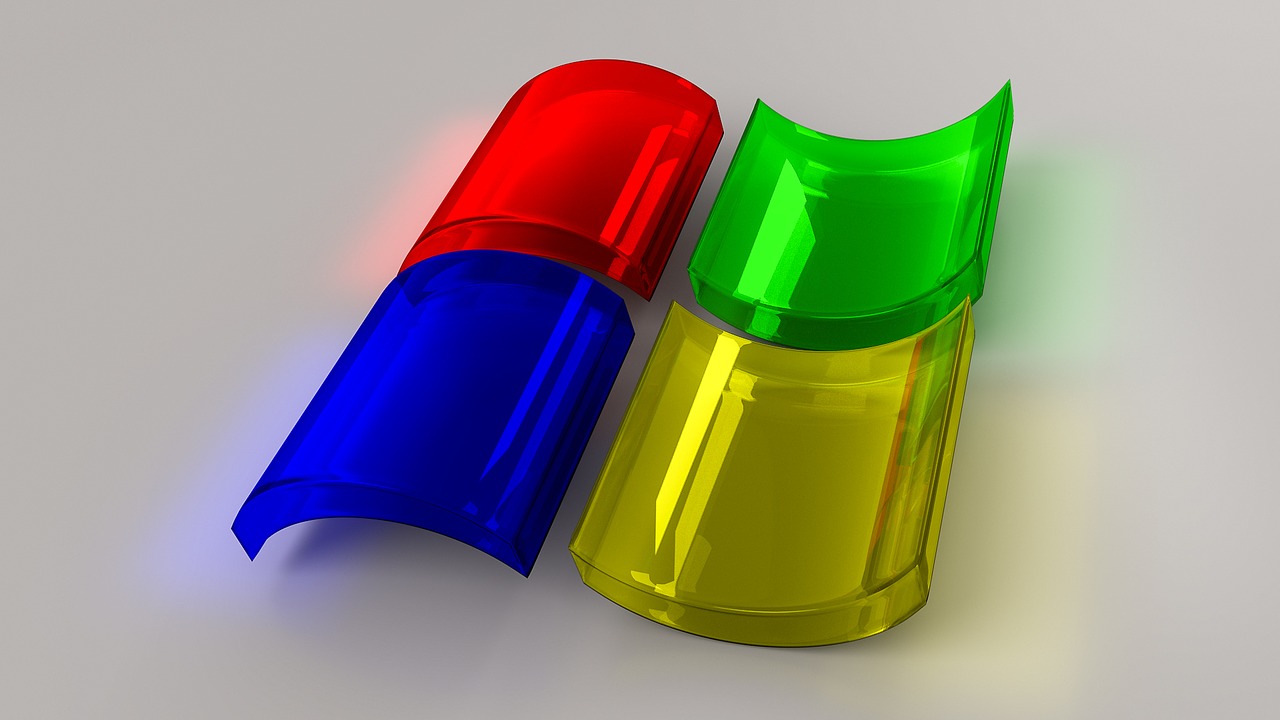When Microsoft first launched Windows 10, it made sure that it can work on almost every type of computer launched in the past decade. The reasoning for that move was to draw as many consumers as possible to the new platform (even those with Windows XP machines), as well as make the devices with Windows 10 accessible to a broader audience. One of the most critical decisions was to let computers with 16GB of space to be eligible for a Windows 10 32-bit installation (the 64-bit always required 32GB), which brought super-cheap laptops and tablets to the stores.
However, this will change starting with the Windows 10 version 1903, which now requires 32GB of space for the installation, both for the 32-bit and 64-bit version. This move is a consequence of the news that Microsoft shared earlier this year, in which they said that 7GB of hard drive space will be planned for future updates. When added to the whole Windows 10 installation, this would make a 16GB computer completely unusable, as no other programs or files could be added. Users who already possess tablet or laptop with 16GB of storage will be left on Windows 10 version 1809 and are eligible only for security updates through May 12, 2020.
All of this shouldn’t come as a surprise, as most devices with 16GB storage were produced when Windows 10 launched, around five years ago. That is five years of support for laptops and tablets in the $150 to $200 price range, which is unheard of in the Android world for example. If you own one of these devices, the best thing to do is to replace them with a newer machine.
The change Microsoft made may show to be very useful for new Windows 10 users. Namely, due to the upgraded system requirements, the low-end Windows 10 devices will probably be upgraded to 64GB of storage, compared to 32GB that cheap laptops and tablets had in the past few years. For the user, this means more space for applications, photos, movies, and music, which is always welcome.







